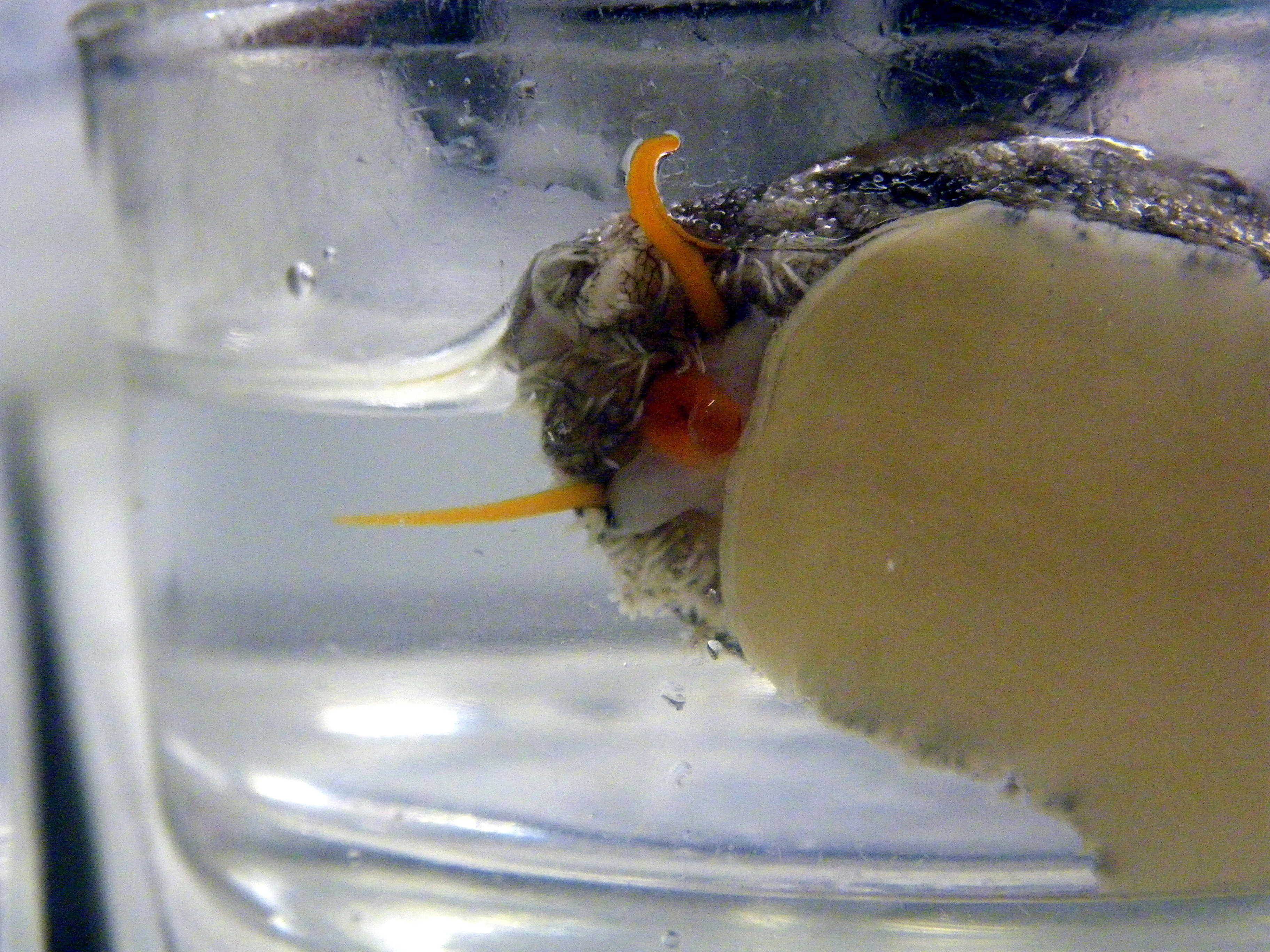Life History & Behaviour
Feeding
Most cowries are believed to be omnivores, feeding on algae, sponges or bryozoans and also act as scavengers (Beesley et al. 1998). It is uncertain what particular organisms C. xanthodon feeds on. Cowries feed through utilizing a radula, which scrapes small pieces from the food source.
Reproduction
Cowries are dioecious, meaning they have separate sexes (Wilson & Gillett 1979). The female cowries lay egg masses, which are gelatinous clusters containing thousands of eggs. The egg masses are attached to the underside of coral rubble or boulders and are brooded by being covered by the foot of the mother. The female broods the eggs until the larvae are about to emerge (Natarajan 1954; Wilson & Gillett 1979).
Growth and development
There are three different stages of growth in cowries. The first of these is soft body growth, with the growth of the actual organism. This means that the juvenile form has a relatively thin shell and obvious coiling, making it easily mistaken for other species (Wilson & Gillett 1979). Secondly, the individual goes through growth of the thickness of the shell as well as the body. Finally they must go through reproductive maturity with continued increase of shell thickness (Irie & Iwasa 2005).
Locomotion
Cowries, like all gastropods, move around using their large muscular foot. Gastropods use two methods to move and to stick to the substrate, firstly, through peristaltic muscle waves and secondly through the use of a thin layer of mucus which helps the cowrie to glide, and also acts as a glue which helps to adhere individuals in case of waves and to reduce desiccation (Denny 1980).

This photo shows the large, fleshy foot which the cowrie utilises to move around. |